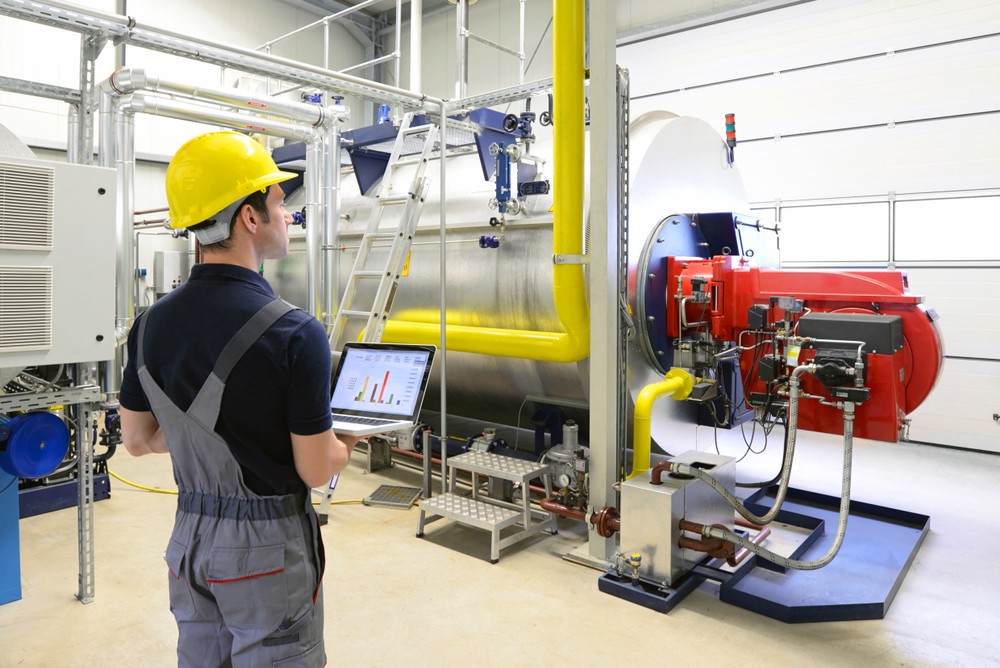Using Single-Point Lessons to Educate Your Maintenance Team

These days, attention spans are shorter than ever. We often get our news in 280 characters, scroll through feeds of short videos, and interact online with one-sentence comments. It’s all a product of our lightning-fast digital era, but it doesn’t always translate well into the tangible world around us.
That’s why many manufacturers are turning critical maintenance processes and protocols into bite-sized snippets of information — lessons their technicians are more likely to digest and remember. It’s called a single-point lesson, and it’s an increasingly common way to instill important concepts into maintenance approaches.
Single-point lessons defined
Also called a one-page plan or one-point lesson, a single-point lesson quickly and concisely communicates the expectations of a single procedure — one that’s often part of a larger process. It typically includes text and images that highlight important information about how to perform a process correctly, as well as what to do if things go wrong.
Many manufacturers create single-point lessons as they develop and implement new processes and procedures. As soon as a new process is in place, floor managers should include single-point lessons as part of a comprehensive training and implementation plan. These clear, concise training modules not only keep operations running smoothly on the factory floor, but also protect both equipment and employees.
The path to uniformity and consistency
Manufacturers adopt a single-point lesson strategy to create uniformity and consistency when it comes to training. They’re easy to digest and remember, so team members will always know the best approach to maintain and troubleshoot equipment.
They also fill a safety gap, ensuring relevant team members understand how to do their job safely and avoid potential risks. Overall, single-point lessons can be used across the factory floor for Lean training, continuous improvement, troubleshooting, and more.

Best practices for creating single-point lessons
While there’s no one-size-fits-all approach to single-point lessons, following some industry standards can clearly inform employees about specific problems and improvements, as well as clear-cut expectations.
Follow these best practices when creating and implementing single-point lessons:
- Rely more heavily on visuals than text. Visual information aids in recall. In general, these lessons should include around 80% visual information and 20% text. Be sure to keep text simple, with short sentences and small blocks.
- Get feedback from key personnel on the factory floor. Have team members from safety, quality, engineering, or maintenance look over the lesson and make necessary changes or suggestions. Collaborative lessons tend to be the most well-rounded ones.
- Keep it short and sweet. Center lessons around a simple theme — or a short definition of the lesson — and include information about the steps for implementing the procedures as well as the benefits of doing so.
- Review single-point lessons regularly and update them as necessary. This practice is often tied to a continuous process improvement program, such as ISO 9001. Date all documents when updating for ease of recordkeeping.
Single-point lessons might feel too short to be impactful, but rest assured they’re incredibly valuable in teaching specific concepts. The quicker and easier it is for maintenance teams to learn, the more they’ll retain and act on when the time comes to deploy that information.